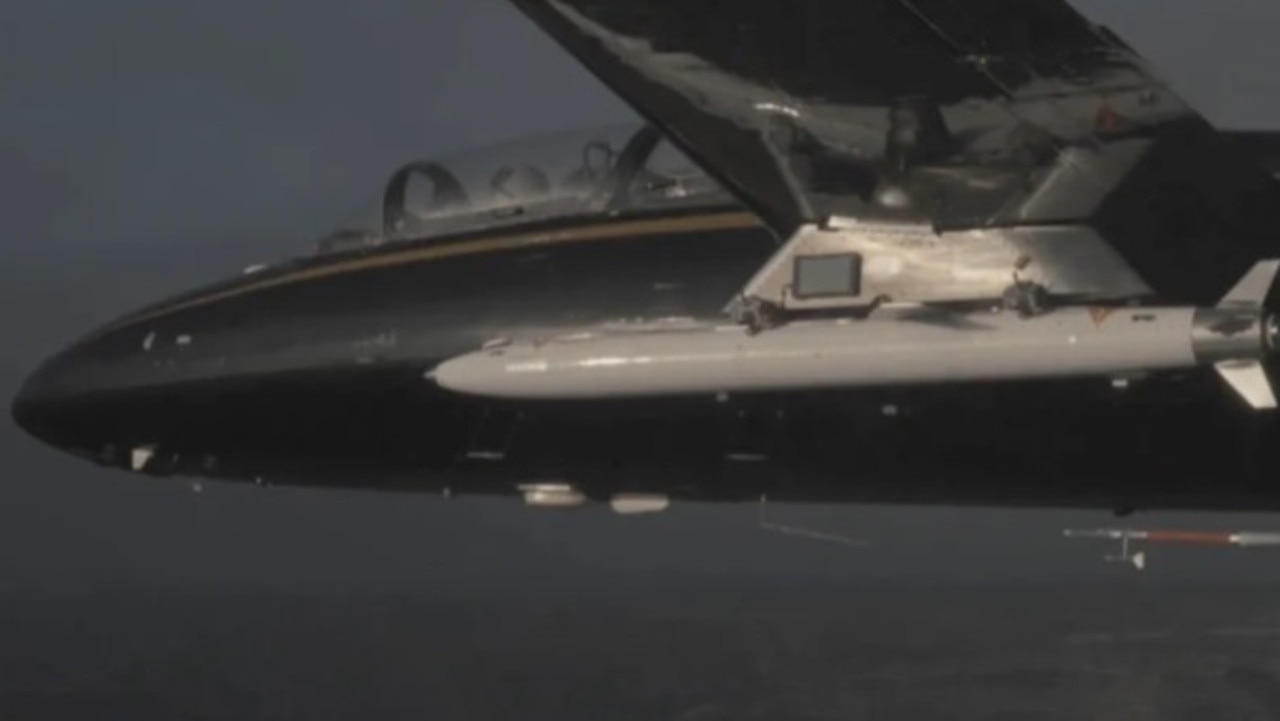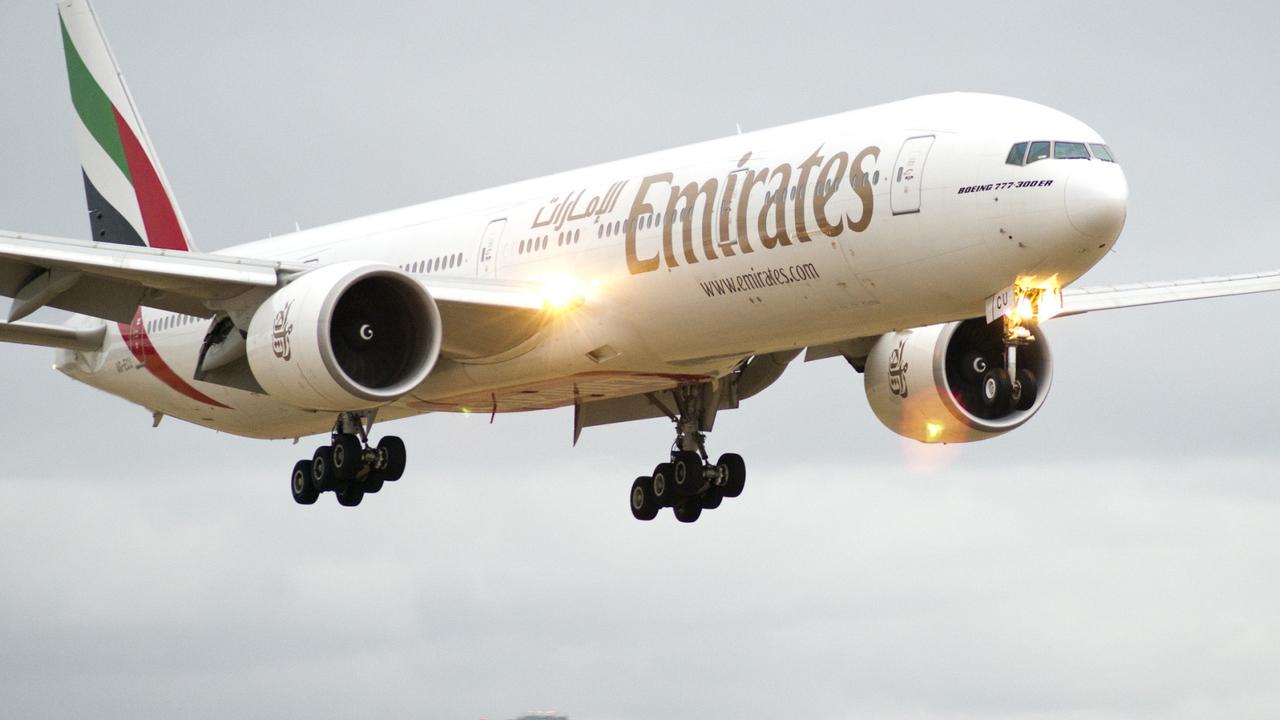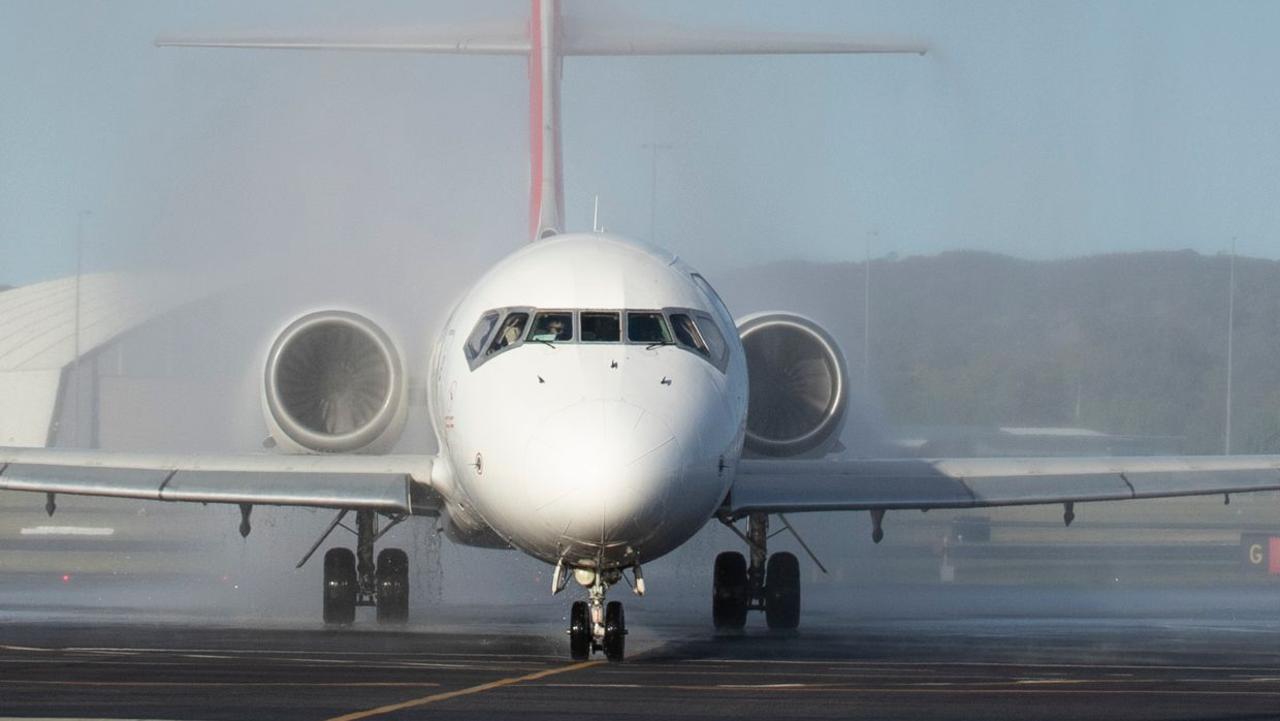Plan to create 11104km passenger jet boosted by drone test with close to speed of sound ‘detonation rocket engine’
A superfast drone has been flown at near-supersonic speeds thanks to a new engine that could change passenger planes.

A superfast drone has been flown at near-supersonic speeds thanks to a new engine that could eventually change passenger jets.
Venus Aerospace successfully completed the test flight of its drone with a “rotating detonation rocket engine”.
The company hopes to use this type of engine to build commercial Mach 9 speed planes in the future, The Sun reports.
Mach 9 is nine times the speed of sound which is over 6900 miles (11104km) per hour.
A plane travelling that fast could take you from London to San Francisco in just one hour.
“Venus Aerospace’s supersonic flight test drone successfully completed its inaugural flight and we now have a wealth of data to anchor and tweak for our next flight,” the company tweeted last month.

“The test successfully demonstrated flight controls, stability, one leg of the ultimate Rotating Detonation Rocket Engine (RDRE) propulsion system, telemetry, ground operations, and air launch. Release in comments!”
It also posted a video of the test flight in action including the drone being dropped from a plane.
“Venus Aerospace’s supersonic flight test drone successfully completed its inaugural flight on Feb 24, 2024.

“The eight foot, 300lb drone was dropped at an altitude of 12,000ft and accelerated to a top speed of Mach 0.9, flying for 10 miles (16km).
“IT was powered by a hydrogen peroxide monopropellant engine at 80 per cent thrust in order to not exceed Mach 1,” the video caption explains.
Venus' supersonic-capable drone flies tomorrow! This will put our avionics, flight controls, telemetry, and operations to the test. Build a little, test a little, learn a lot. This tail number is powered by a hydrogen peroxide thruster, an important step towards our eventual jet… pic.twitter.com/XuVXVykeKw
— Venus Aerospace (@VenusAerospace) February 16, 2024
This engine technology tested is said to be 15 per cent more efficient than typical rocket engines.
The speed of sound is around 767 miles per hour (1234km).
In comparison, the drone flew at 680 miles per hour (1094km) for 10 miles (16km).
There are already planes that can fly at the speed of sound or even faster.
However, commercial passenger flights usually fly much slower than this.
A passenger jet that could fly at nine times the speed of sound or over consistently would be groundbreaking.
That may seem super fast but it pales in comparison to the speed of light which is 186,000 miles (300,000km) per second.
This article originally appeared on The Sun and was reproduced with permission





